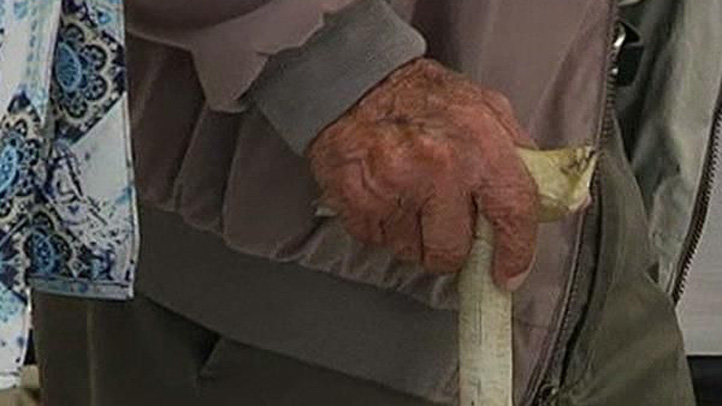It’s the elephant-sized debt in the room no one wants to talk about: Student loan payments are expected to resume this fall after a three year pause was enforced during the COVID-19 pandemic.
After last week’s pivotal Supreme Court ruling, the Justices struck down President Biden’s student loan forgiveness plan, meaning billions of dollars in student loan debt will still be active.
And starting September 1, loans will begin accruing interest, with bills likely going out in the mail and due sometime in October.
The resuming of student loan payments has many borrowers scrambling to find out where they will find extra money each month, like Amanda Burris, a Graphic Design undergrad in Chicago.
“I only have about $5,500 in student loans, and they’re all through the federal subsidized loan program,” Burris said. “Definitely could be in a worse situation, loan-wise.”
Many in Illinois are in that worse situation.
More than 924,000 borrowers have student loan debt, totaling more than $29 billion of college debt, according to the online lender LendingTree.
The average debt-per-borrower in Illinois is $46,000.

Jacob Channel of LendingTree said borrowers need to start preparing to make those payments now.
Feeling out of the loop? We'll catch you up on the Chicago news you need to know. Sign up for the weekly Chicago Catch-Up newsletter.
“What you should be doing is logging back into your student loan account, figuring out, ‘Okay, here's how much I owe, here's how much my monthly payment would be,’ and then trying to budget based on your current income,” Channel said.
The Illinois Attorney General’s office says loan servicers are required to send consumers a “notice of payment” at least 21 days before their next installment is due, which will likely be some time after September 1.
If borrowers are still struggling to figure out how they will pay, Channel says there may be other solutions.
“There are still programs that do exist to help people,” Channel explained.
Some of those examples include:
- Income Driven Repayment Programs: The Federal Student Aid (FSA) office of the Department of Education says most federal student loans are eligible for at least one income-driven repayment plan. The FSA’s website states if a borrower’s income is low enough, their payment could be as low as $0 per month. To learn more about this, click here.
- Temporary Relief - Deferment and Forbearance: If a borrower is in a short-term financial bind, the FSA says they may qualify for a deferment or a forbearance. These options will temporarily suspend payments. To learn more, click here.
- Public Service Loan Forgiveness Program: The PSLF program allows borrowers employed by a government or not-for-profit organization to have portions of their debt wiped away. The program has had problems in the past but the Department of Education has said the program has underwent major reforms in the last year. To learn more, click here.
After the Supreme Court’s ruling last week, President Biden promised to come up with a “Plan B” for student loan forgiveness but the details, including who would be eligible and the amounts of loans that would be forgiven are still being worked out.
For now, borrowers like Burris are trying to plan ahead.
“I know that I’m in a better place, my student loan payment will not be crazy, but even if I had to pay an extra $200 a month, I can’t find an extra $200 a month,” Burris said. “It’s worrying, it’s really worrying.”



